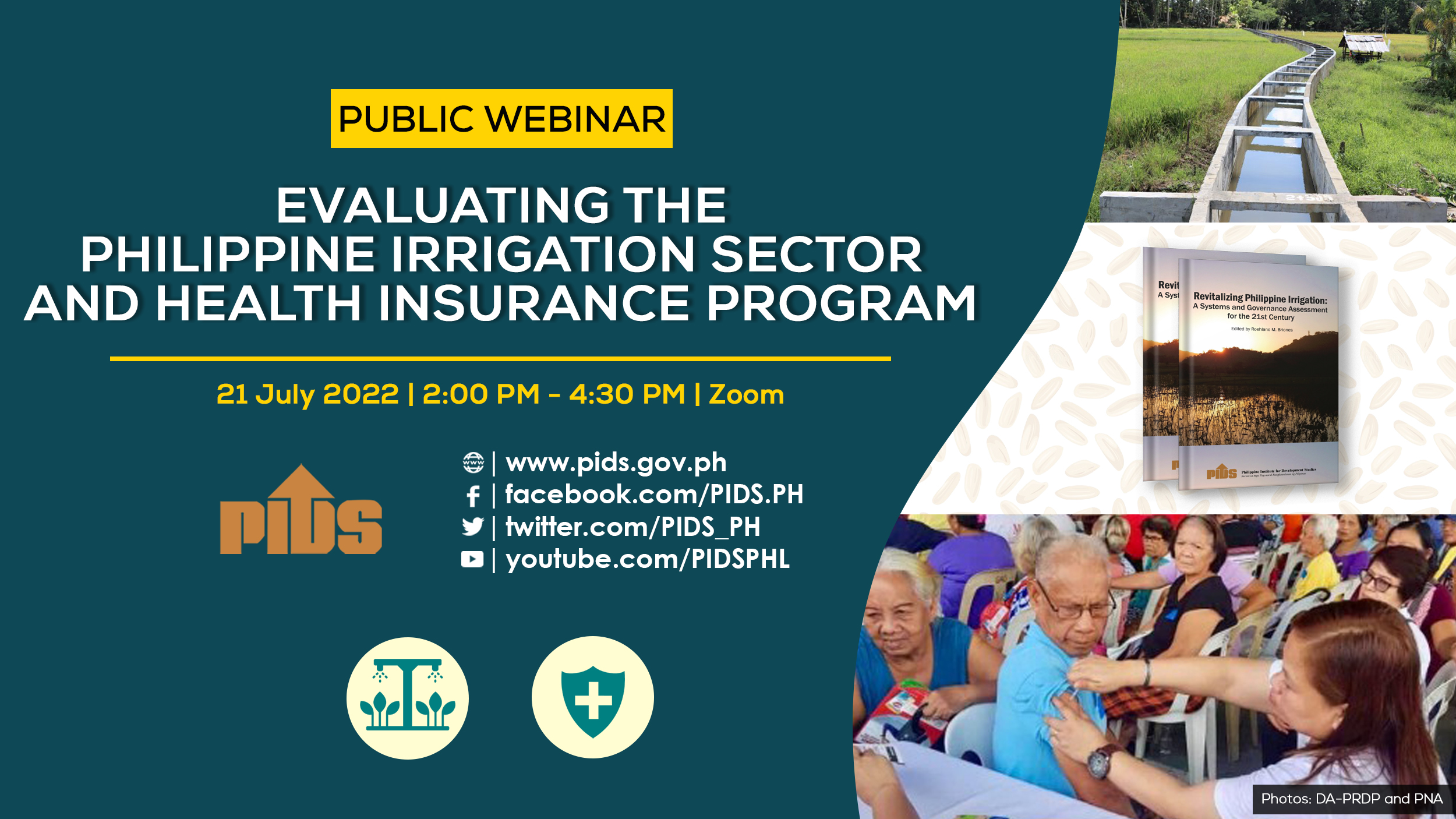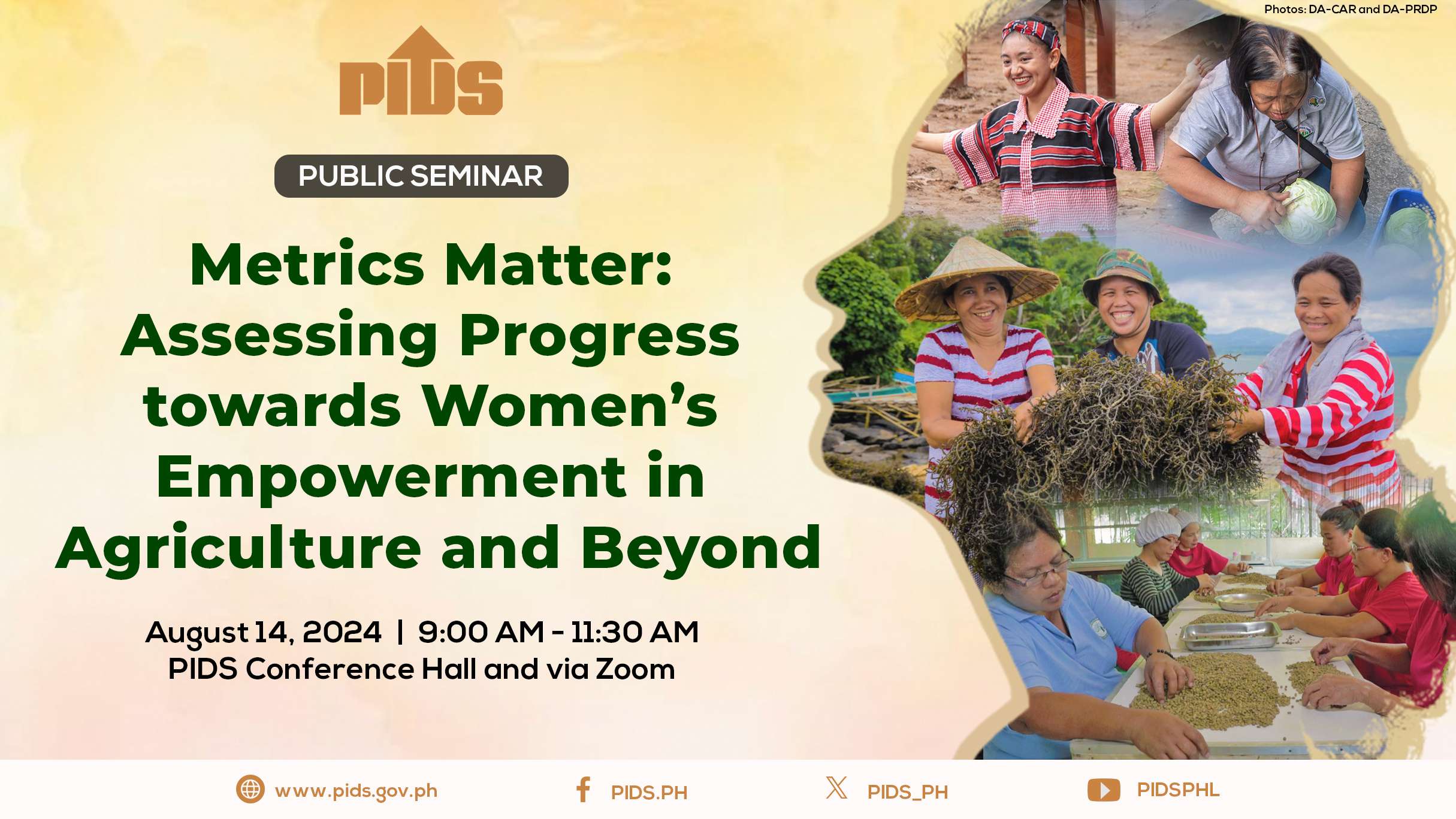WE are all aware of the importance of agriculture in the Philippines and how our food security hinges on the well-being of this sector. Though agriculture is still considered the backbone of the Philippine economy as it employs about 40 percent of Filipino workers, it only contributes an average of 20 percent to the gross domestic product. For the longest time, societal neglect of the sector has worsened the poverty situation. Farmers in rural areas have remained among the poorest group in the Philippines since 2006. A report from the International Fund for Agriculture Development (IFAD) shows that agriculture is the primary source of income for poor rural people, and the only source for many of the poorest households with most of them depending on subsistence farming and fishing. Figures from the Philippine Statistics Authority show that farmers had a poverty incidence of 31.6 percent while fisherfolk had 26.2 percent.
If one overlays the effects of climate change and the exacerbation of natural catastrophic events that it may bring, such as typhoons, floods, drought, pests and diseases, it does not augur well for this sector at all.
According to Dr. Celia Reyes, a senior research fellow at the state think tank Philippine Institute for Development Studies (PIDS), agricultural or crop insurance has proven itself to be an effective risk management tool that can significantly reduce poverty among agricultural households given that it covers against the very risks that plague the sector, i.e., typhoons, floods, drought, pests and diseases. Currently, the only insurer that lends its capacity to provide agriculture or crop insurance is the state-owned Philippine Crop Insurance Corp. (PCIC). The PCIC has valiantly provided cover where it was needed most, but recent studies have shown that the majority of farmers and fisherfolk have still not availed of insurance protection due to various reasons.
A recent study by the World Bank recommends the entry of the private sector into this sphere. Not only can capacity be added, but the efficiencies of the private sector and its connections to the international reinsurance market can be harnessed to provide a more inclusive product that can address a wider range of agricultural activities. We can go beyond the traditional protection for grains such as rice and corn and cover high-value crops such as cacao, coffee, sugar, vegetables, livestock and even fish farming. New technologies can aid distribution, payment of premiums and claims, underwriting and claims surveying, as well as capacity building. We can possibly include the entire agriculture ecosystem from farm to table in a seamless coverage and use the enlarged scope and homogeneity of risks as leverage to help keep premium prices reasonable. Parametric products that lend themselves well to this sector can be further refined, sliced and diced to make it available to previously unserved/underserved markets.
There are admittedly many ways in which a public-private partnership in agriculture insurance can help address the issues and there is a willingness on the part of the private sector to assist the PCIC perhaps first as co-insurers or re-insurers until it gets its feet wet and hones it underwriting skills in this area. The government itself, through its various agencies, recognizes this and is starting to open its doors to the private sector. Meanwhile, the private sector, given its strengthened financial capacity as it hurdles the last leg of its capital build-up program where each insurer is supposed to have a minimum net worth of P1.3 billion, is willing to use its capital and involve itself in new areas where its capacity and expertise is needed. Together, nation-building and food security may be bolstered. More work is needed as there are only less than a handful of commercial insurers which have signified their intent to delve into agriculture insurance. We need more if we are to successfully address the growing protection gap vis-à-vis the threats that climate change brings and hopefully help address our food security as well.











